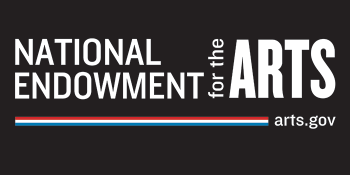When City Manager Greg Sundstrom took hold of the position in 2009 the city was facing serious trouble. A tough economy meant increasing costs and dwindling revenues. In his speech to the Commission the night he swore in he promised real change: transparency, inclusion, accountability, better customer service and the end to innovation blocking bureaucracy.
In 2010, the citizens of Grand Rapids narrowly passed a five year income tax-hike. That money, the city promised, would allow the city to undergo an overhaul—or as it's now known—a transformation. Seventy-four different points that fall under six broad areas are currently under review, each with their own timeline and appointed team leader from every department in city government. The $32 million dollars brought in from the tax would only be spent on the efforts to make the city more efficient. In fact, said Assistant to the City Manager Tom Almonte, the money is kept in a completely separate account to ensure that your money is spent solely on the transformation.
"We went out to the community, we said we need to buy some time so we can make some substantial changes in how we operate so we can be sustainable. And by sustainable I mean our revenues match our expenses."
Almonte said everything is on the table. And by everything, he said it's about cutting costs; every single city department has been asked to cut expenses by 10%.
"For us to increase revenue, we have to increase taxes or fees and that's not how we do business here," said Almonte. "First we said, let's see what we can change internally. That's why we have a transformation investment plan."
The city is keeping residents abreast of the Transformation Plan progress through a new dashboard. Through the website, you can keep track of each of the six main areas of change. Each comes complete with graphs for progress and shows the amount of income tax monies spent in each area.
Citizen engagement is a priority for the city and they want to hear from you. If we learned anything from the recent news of the proposed cinema downtown, it's that readers of The Rapidian bring thoughtful and critical discussion to the issues facing the city.
Over the coming weeks, I will be delivering stories that highlight the progress in many of these areas. The city hopes the conversation we can have here on The Rapidian can help inform them of not only how they're doing, but how they can do better. Your voice is critical in this $32 million dollar transformation of your city.
The Rapidian, a program of the 501(c)3 nonprofit Community Media Center, relies on the community’s support to help cover the cost of training reporters and publishing content.
We need your help.
If each of our readers and content creators who values this community platform help support its creation and maintenance, The Rapidian can continue to educate and facilitate a conversation around issues for years to come.
Please support The Rapidian and make a contribution today.

